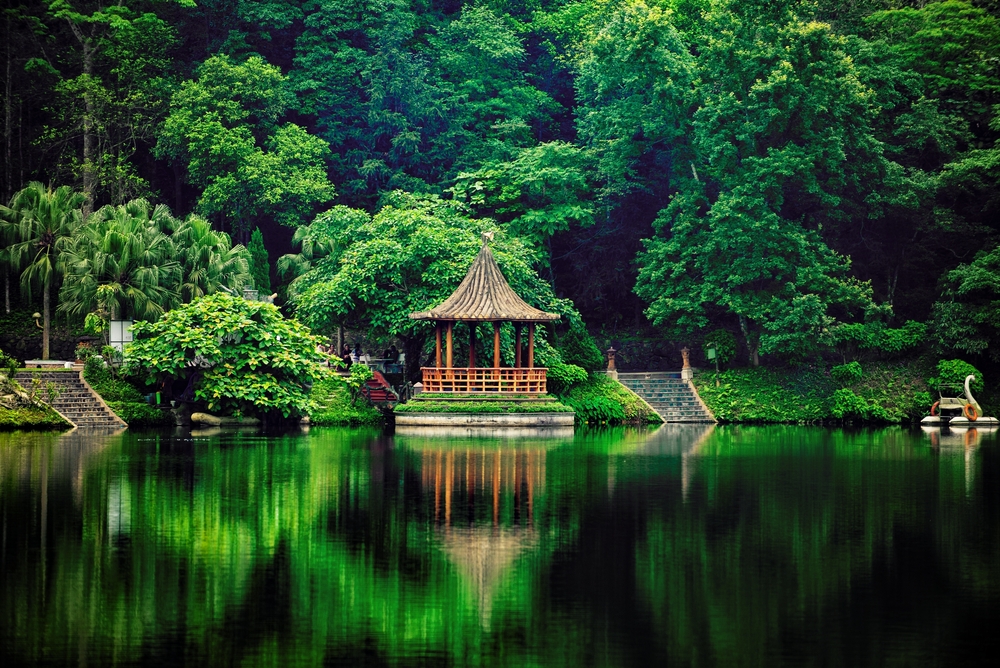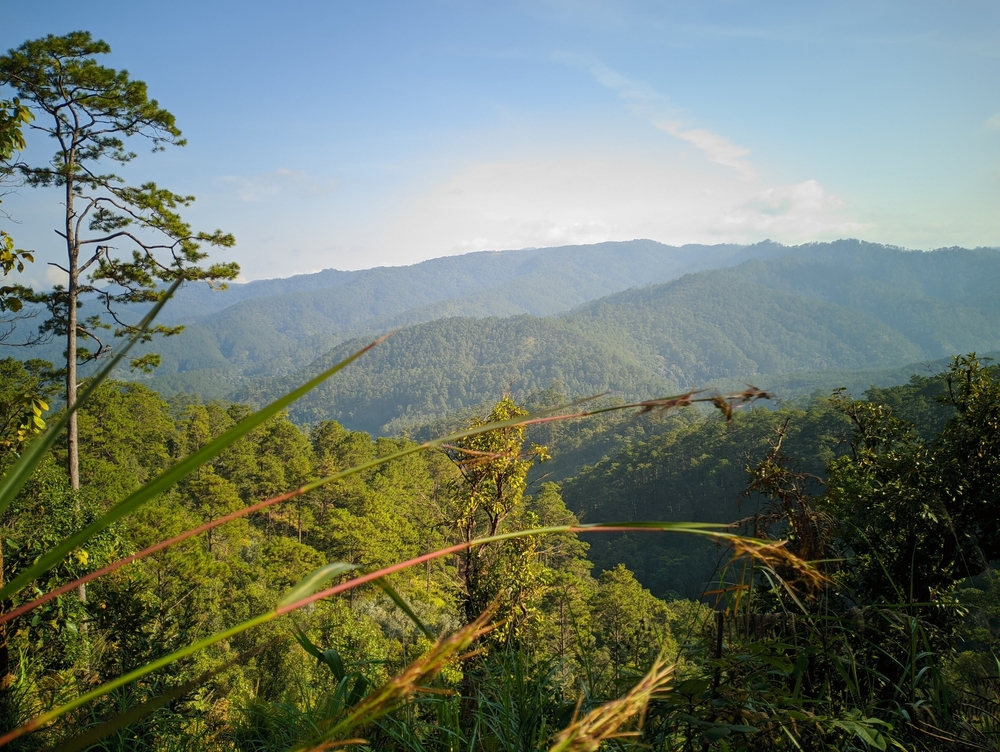Bù Gia Mập Overview
Bù Gia Mập National Park, located in the northeastern part of Bình Phước Province, Vietnam, spans approximately 259 square miles (673 square kilometers). Nestled at the southern edge of the Central Highlands, this national park is renowned for its rich biodiversity, verdant landscapes, and cultural significance. Its name derives from the local ethnic groups, reflecting the deep ties between the land and its indigenous heritage.
The terrain of Bù Gia Mập National Park is a harmonious blend of rugged mountains, rolling hills, and dense tropical forests. The area features peaks such as Mount Bù Gia Mập, standing as a sentinel over the park, and meandering rivers like the Đắk Huýt, which carve through the landscape, creating dramatic waterfalls such as Đắk Huýt Falls. The park’s dense vegetation includes dipterocarp forests, evergreen trees, and a stunning array of bamboo groves. These diverse ecosystems provide both visual splendor and critical habitats for the park’s wildlife.
Wildlife enthusiasts visiting Bù Gia Mập National Park can encounter an extraordinary array of species. Mammals such as the endangered Indochinese tiger, Asian elephant, and gaur roam the forest depths, while smaller creatures like civets and flying squirrels contribute to the park’s unique ecosystem. Birdwatchers will be captivated by the park’s avian diversity, with species like the great hornbill, crested serpent eagle, and bar-bellied pitta making their homes here. Reptiles, amphibians, and a myriad of insect species further enhance the park’s biodiversity, making it a haven for researchers and nature lovers alike.
Popular features of Bù Gia Mập National Park include its cascading waterfalls, serene rivers, and challenging hiking trails that weave through its lush forests. The Đắk Huýt and Đắk Ka rivers are especially favored for their pristine beauty and opportunities for exploration. Visitors often embark on guided treks to immerse themselves in the park’s natural splendor or visit local ethnic communities, such as the S’tieng and M’nong people, to learn about their traditional ways of life and harmonious coexistence with nature.
The park offers a range of ways for visitors to engage with its wonders. Guided eco-tours, birdwatching excursions, and multi-day treks are popular among those seeking an immersive experience. Camping under the star-filled skies and exploring the intricate ecosystems further enhance the connection to nature. The park also emphasizes environmental education, hosting programs that raise awareness about conservation and sustainable practices.
Bù Gia Mập National Park faces challenges in preserving its delicate ecosystems. Deforestation, illegal logging, and poaching have historically threatened the park’s biodiversity. However, significant conservation efforts, including community involvement and enhanced patrol systems, have yielded successes in protecting its flora and fauna. Partnerships with NGOs and international conservation organizations have further bolstered the park’s efforts, ensuring its continued vitality for generations to come.















































































